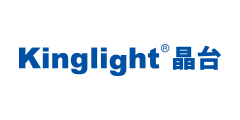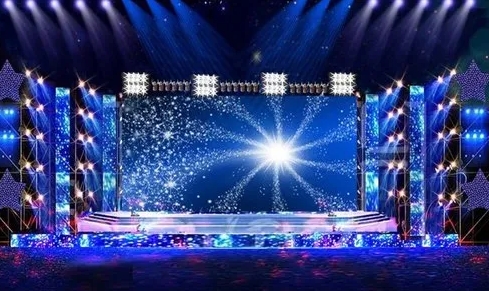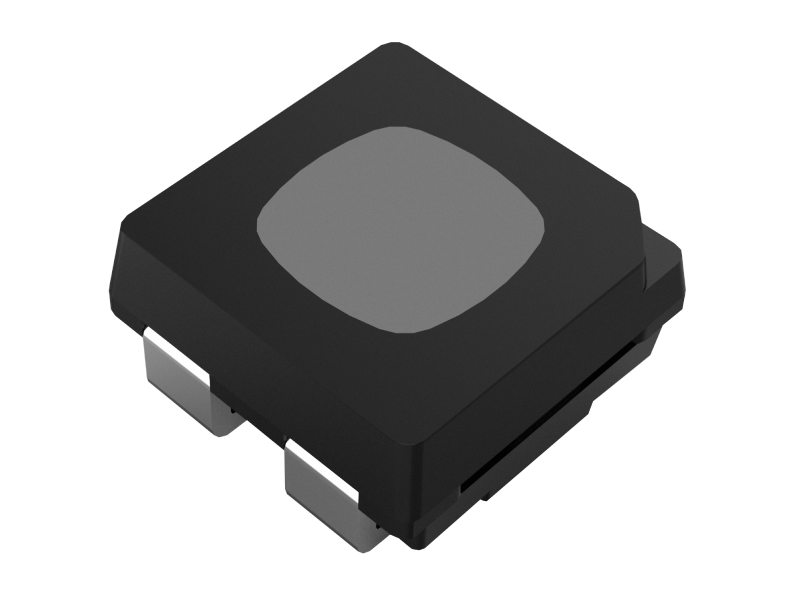Stage LED Display, A Large LED Screen Being Placed at the Back of a Stage

Stage LED display is a large LED screen being placed at the back of a stage to display various forms of contents, including texts, images, and videos. It acts as a background to provide relative information about the current performance and create dedicated tones to increase the atmosphere of a show. Since LED display technology and the design of visual contents continues to evolve,the popularity of stage LED display has increased.

LED displays play important roles for stages, events, and ceremonies.
Stage LED displays bring great visual impact and become a must for concerts, events, ceremonies, and other entertainment activities. If you’re going to operate similar events, then you mustn’t miss the following paragraphs for a better understanding of stage LED displays.
Stage LED Display VS Traditional Stage Lighting
When talks about stage LED displays, it’s hard not mentioning the traditional stage lighting. which is a much older way to increase stage effect with lighting. Stage LED displays provide some impeccable advantages that traditional stage lighting can not.
1.Lower overall cost in the long run
Tough stage LED displays cost more than traditional stage lighting, they excels with lower maintenance cost and a much longer life span. This greatly lowers the overall cost of stage LED displays in the long run.
2. More engaged content display
Stage LED displays access us with more engaged contents related to the subject of the current performance. This greatly increase the immersive experience for the audience while watching. And it can’t be realized with traditional stage lighting.
Customization and scalability
Stage LED displays are easy to customized to dimension due to their seamless design.
Composed by LED panels, stage LED displays can’t easily assembled into different shapes and sizes to suit different set-ups.
Easy to store
Stage LED displays are composed of small sized LED panels, which are easier to store in flight cases and to maintain in good condition than traditional stage lighting equipment.
Structure of Stage LED Display
When you’re going to use a stage LED display, then you should understand the structure of it. A stage LED display typically consists of several key components working together to create a seamless and visually stunning display. Here are the primary elements of a stage LED display.
LED Panels:
The LED panels are the building blocks of the display. They consist of an array of individual LED modules arranged in a grid formation. Each LED module contains multiple light-emitting diodes that emit colored light. The size and resolution of the LED panels vary depending on the specific display requirements.
LED Modules:
LED modules are small units containing a cluster of individual LEDs. They are usually square or rectangular in shape and are responsible for generating light. LED modules are designed to have high brightness, color accuracy, and durability. They are often encapsulated in a protective housing that provides structural support and minimizes
the impact of external factors.
Pixel Pitch:
Pixel pitch refers to the distance between adjacent LED pixels on the display. It determines the resolution and image clarity of the LED display. A smaller pixel pitch indicates a higher pixel density, resulting in a sharper and more detailed image. Pixel pitch is measured in millimeters (mm) and can vary based on the viewing distance and desired image quality.
LED Drivers:
LED drivers are electronic components that control the power supply and current flow to the LEDs. They regulate the brightness and color intensity of the LED display. LED drivers are responsible for converting incoming electrical signals into specific voltage and current levels required by the LEDs.
Control System:
The control system of a stage LED display manages the overall operation and synchronization of the display. It includes a controller or processor that receives input signals from video sources or content playback devices. The control system processes these signals and sends corresponding instructions to the LED panels, controlling the display of images, videos, or other visual content.
Frame and Mounting Structure:
LED panels are typically mounted within a rigid frame or structure that provides stability and support. The frame ensures proper alignment and positioning of the LED panels, minimizing any visible gaps or discontinuities between them. The mounting structure also allows for easy installation, maintenance, and dismantling of the LED display.
Cooling and Ventilation:
LED panels can generate heat during operation, so proper cooling and ventilation mechanisms are essential to maintain their performance and longevity. Heat sinks, fans, and ventilation systems are incorporated into the structure of the LED display to dissipate heat and ensure optimal temperature conditions.
Connectivity and Signal Distribution:
LED displays require connections for power supply, data input, and signal distribution. Cables and connectors are used to link the LED panels, LED drivers, control system, and power sources, enabling seamless communication and operation of the display.
The combination of these components creates a cohesive structure that forms the stage LED display. The modular design of LED panels allows for scalability, customization, and easy replacement of individual modules, enabling flexibility in adapting to different stage configurations and visual requirements.

Kinglight manufactures various LEDs for stage rental displays
What LED Display Brings for Stage Performance
LED displays bring several advantages and benefits to stage performances, enhancing the visual aspects and overall impact of the production.
1. Immersive Visual Experience
LED displays provide a visually captivating and immersive experience for the audience. They offer high-resolution visuals, vibrant colors, and dynamic effects that can transform the stage and create stunning backdrops. LED displays can showcase video content, animations, graphics, and other visual elements that enhance the storytelling and engage the audience on a deeper level.
2. Versatility and Dynamic Content
LED displays are highly versatile and can display a wide range of content. They can seamlessly switch between different visuals, allowing for dynamic scene changes and flexibility in creating various atmospheres. LED displays can showcase pre-recorded videos, live feeds, real-time data, interactive elements, and synchronized visual effects, adapting to different performance genres and enhancing the overall production value.
How to Purchase Stage LED Display
To purchase a stage LED display, you can follow these general steps:
Determine your Requirements:
Start by identifying your specific requirements for the stage LED display. Consider factors such as the desired size, resolution, pixel pitch, viewing distance, and overall budget. Determine the type of content you plan to display and any specific features or functionalities you need.
Research Suppliers and Manufacturers:
Conduct thorough research to find reputable suppliers and manufacturers of stage LED displays. Look for companies that have a proven track record, positive customer reviews, and a wide range of display options. Compare products, prices, warranties, and support services offered by different suppliers.
Request Quotations:
Contact the suppliers and request detailed quotations for the stage LED display that matches your requirements. Provide them with the necessary information, including the display size, resolution, and any additional features you need. Ask for a breakdown of costs, including the display panels, control system, mounting structure, and any other accessories required.
Evaluate Technical Specifications:
Review the technical specifications provided by the suppliers. Pay attention to important factors such as the brightness levels, color accuracy, refresh rate, viewing angles, and durability of the LED panels. Ensure that the display meets your specific performance needs and is compatible with your intended usage scenarios.
Seek Recommendations and References:
If possible, seek recommendations from industry professionals or colleagues who have experience with stage LED displays. Ask for references from the suppliers and reach out to their previous customers to inquire about their experiences with the product quality, service, and support.
Request Product Demonstrations:
Whenever feasible, request product demonstrations or arrange to visit showrooms to see the stage LED displays in action. This will give you a better understanding of the product’s visual quality, performance, and ease of use.
Consider After-Sales Support:
Inquire about the after-sales support provided by the supplier or manufacturer. Ask about warranty terms, maintenance services, technical support, and availability of spare parts. A reliable support system is essential for the long-term operation and maintenance of the LED display.
Finalize the Purchase:
Once you have gathered all the necessary information and compared different options, make a decision and finalize your purchase. Ensure that you have a clear understanding of the payment terms, delivery logistics, and installation requirements. Review the contract and warranty terms before making the payment.
Installation and Testing:
Coordinate with the supplier to schedule the installation of the stage LED display. Work with professionals who have experience in LED display installations to ensure proper setup, wiring, and configuration. Conduct thorough testing to verify that the display is functioning correctly and meets your expectations.
The process may vary depending on your location and the specific requirements of your project. Consulting with professionals and seeking expert advice during the purchasing process can help you make an informed decision and ensure a successful acquisition of a stage LED display.
- +1 Like
- Add to Favorites
Recommend
This document is provided by Sekorm Platform for VIP exclusive service. The copyright is owned by Sekorm. Without authorization, any medias, websites or individual are not allowed to reprint. When authorizing the reprint, the link of www.sekorm.com must be indicated.

































































































































































































































































































































































































































































































































































































































































































































































































































































































































